Published in 2019 by The Rosen Publishing Group, Inc.
29 East 21st Street, New York, NY 10010
Copyright 2019 by The Rosen Publishing Group, Inc.
First Edition
All rights reserved. No part of this book may be reproduced in any form without permission in writing from the publisher, except by a reviewer.
Library of Congress Cataloging-in-Publication Data
Names: Drayton, Tiffanie, author.
Title: Coping with gun violence / Tiffanie Drayton.
Description: First edition. | New York : Rosen Publishing, 2019. | Series: Coping | Includes bibliographical references and index. | Audience: Grades 7-12. Identifiers: LCCN 2018015266| ISBN 9781508183198 (library bound) | ISBN 9781499467161 (pbk.)
Subjects: LCSH: Firearms and crimeUnited StatesJuvenile literature. | Violent crimesUnited StatesJuvenile literature. | Firearms accidentsUnited States Juvenile literataure. | Mass shootingsUnited StatesJuvenile literature. | Gun controlUnited StatesJuvenile literature.
Classification: LCC HV7436 .D73 2019 | DDC 362.88dc23
LC record available at https://lccn.loc.gov/2018015266
Manufactured in the United States of America
CONTENTS
CHAPTER ONE
What Is Gun Violence?
CHAPTER TWO
Who Is at Risk?
CHAPTER THREE
Gun Violence in the News
CHAPTER FOUR
Coping with Trauma and Loss
CHAPTER FIVE
The Road Toward Ending Gun Violence
T imea Batts, a sixth grader from Nashville, Tennessee, was excited to get home after a long first day of school. She boarded the bus home from Knox Doss Middle School on August 8, 2016, dressed in the new clothes bought by her father during their back-to-school shopping trip only a few days earlier. Sadly, Timeas first day of school would be the last day of her life. Within moments of getting off the school bus and entering her home, Timeas father mistook her for an intruder and shot her in their home. A security camera caught the details of the awful accident. It showed Timea walking into her home, taking off her shoes and backpack, and then quietly walking through the house. Reportedly, she snuck up on her father and screamed roar. Startled and scared, he pulled out a handgun and fired one shot. The bullet went through her chest, came out the other side, and lodged in the wall. Timea Batts died on the way to the hospital.
Daddy, I know it was an accident, she told her father on the way to the emergency room.
Sadly, Timea Battss story is not uncommon. The Future of Children journal reports that more than twenty thousand children and teens younger than age twenty lose their lives or are injured because of gun violence every year. Many, like Timea, are shot and killed by friends or even family. Such tragedies are particularly common in the United States, which has more gun-related violence than most other countries. According to the Congressional Research Services, there are more guns in America than people, and that number is steadily increasing every year.
.jpg)
Gun violence takes a major toll on society. Every year, hundreds ofbillions ofdollars are spent on medical expenses to treat injuries caused by firearms, on legal fees for court cases where guns are used in crimes, and on other expenses related to gun violence. Gun violence can come in the form of accidental shootings, suicide, homicide, violent robbery, and assault. It can also lead to psychological trauma. Whether people witness gun violence in the media or face it in their own lives, many people need help dealing with the fear, anxiety, and pain that it causes.
If you are experiencing fear, trauma, or anxiety because of gun violence, there are ways to cope with these feelings. Moreover, by learning about the issues that lead to gun violence, it is possible for people across the country, and from all walks of life, to work together to change the culture in which gun violence thrives. Through research, advocacy, community involvement, education, and awareness, Americans can create safer schools and communities for everyone.
G un violence is any violence committed with the use of a firearm. It can be classified in two ways: criminal or noncriminal. Gun violence can be noncriminal if an incident involving a firearm is an accident and results in death or injury. However, other types of gun violence are considered crimes. Suicide, homicide (unless it is deemed justified), and assault with a deadly weapon are all examples of criminal gun violence that can carry heavy penalties in court and result in prosecution and incarceration.
While many people imagine that the majority of guns in the world are controlled by the police or military, the truth is that civilians control the lions share of firearms. According to GunPolicy. org, there are approximately 875 million guns in the world, and 75 percent of them are civilian owned. This estimate is likely conservative because it is almost impossible to account for every firearm in distribution. There are also many illegal guns in the world, and the manufacturing of firearms continues to be extremely profitable, creating high demand and thus high production. Civilian ownership of guns is an international phenomenon, but the United States has the highest rates of gun ownership in the world. According to the Small Arms Survey, Americans own approximately 42 percent of the worlds guns. A 2009 National Institute of Justice report found that there were about 310 million firearms in circulation in the United States.
.jpg)
Unsurprisingly, civilian possession of these dangerous weapons has major ramifications. Gun homicide rates in the United States are 25.2 times higher than any other industrialized nation, according to a 2010 study in the American Journal of Medicine.
Between 1966 and 2012, there were ninety public mass shootings in the United States, compared to ten in France and eleven in the Philippines. Every day, an average of ninety-six Americans are killed by guns and many more are injured, according to the Centers for Disease Control and Prevention (CDC).
Accidental Gun-Related Deaths
If a shooter does not intentionally mean to cause harm but death results from the use of a firearm, it is classified as an accidental death. Statistics compiled by the CDC reveal that there were 130,557 deaths from unintentional injuries in 2013, making it the fourth-ranked cause of death overall. A study based on data from 2012 to 2014 estimated that, on average, 5,790 children in the United States receive medical treatment in an emergency room each year for a gun-related injury. About 21 percent of those injuries are unintentional. During that same time period, an average of 1,297 children died annually from a gun-related injury in the United States. In the vast majority of accidental firearm deaths among youth, the gunshot wound was either self-inflicted or at the hands of another child.

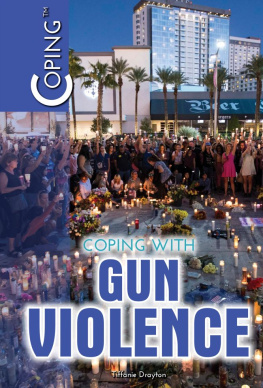
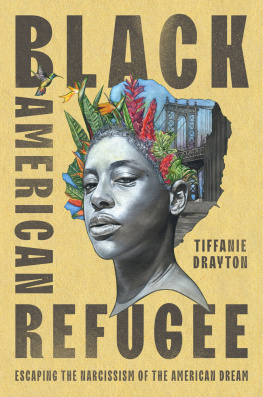


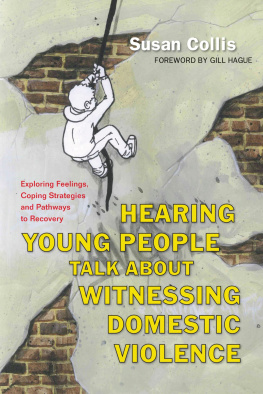
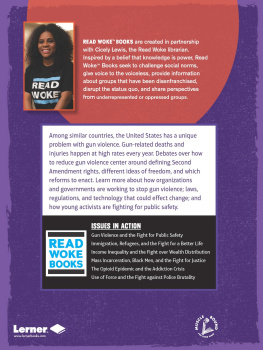
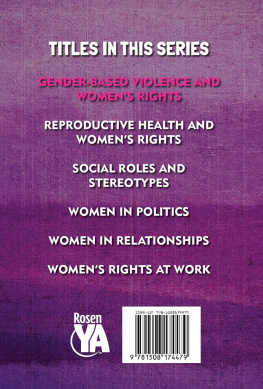
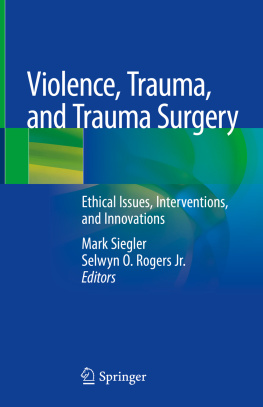


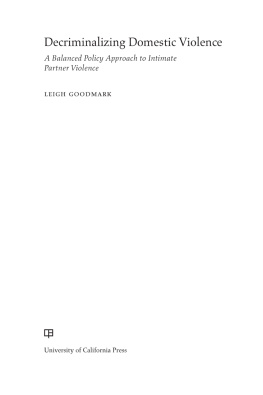

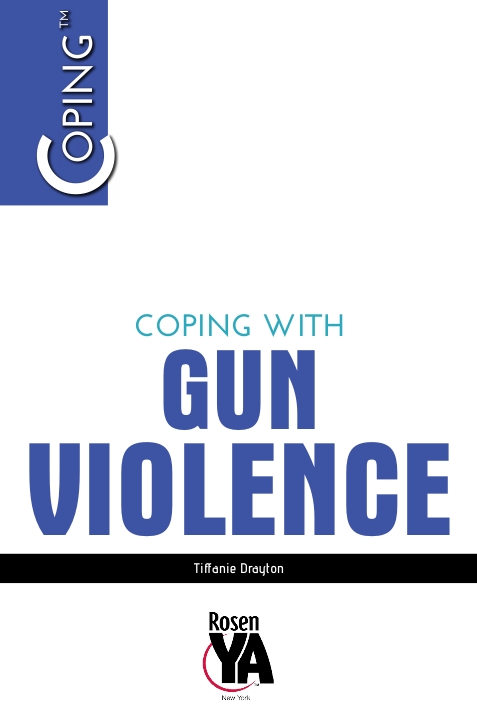
.jpg)
.jpg)
.jpg)
.jpg)